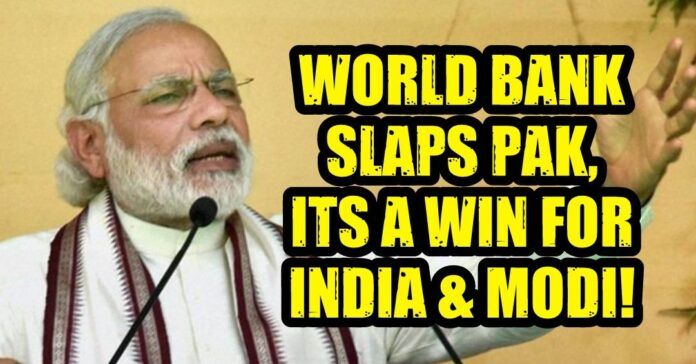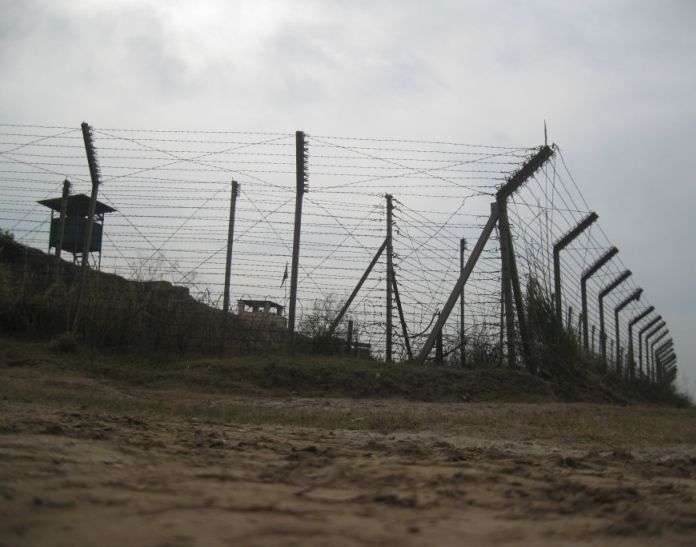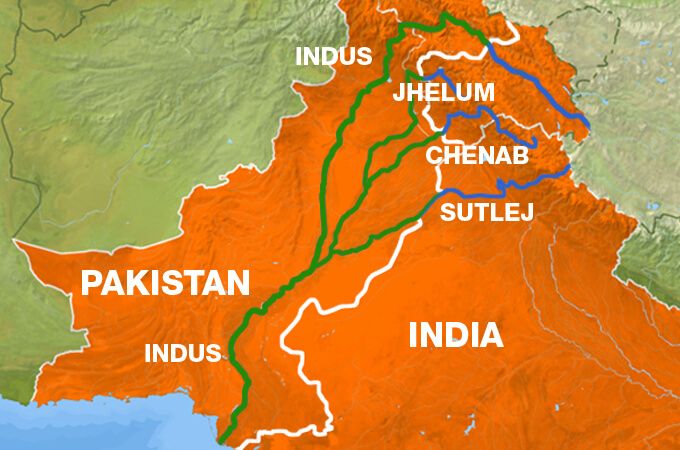
A recent decision by the World Bank has come as a massive blow to Pakistan after its demands were put to an end. Ever since the Prime Minister announced the construction of two dams on two of Indus river’s tributaries, Pakistan has made several demands for the project to be called off, mainly because these dams have the capability to stop major water supply to them.
India is permitted to construct hydroelectric power facilities on tributaries of the Jhelum and Chenab rivers with specific restrictions under the 1960 Indus Waters Treaty (IWT), the World Bank has said. The World Bank’s remarks came as officials from India Pakistan concluded the secretary-level talks over the IWT.
Pakistan opposes the building of the Kishanganga (330 megawatts) and Ratle(850 megawatts) hydroelectric power plants being built by India in Jammu and Kashmir, the global lender said in a fact sheet issued yesterday. Noting that the two countries disagree over whether the technical design features of both hydroelectric plants contravene the treaty, the World Bank said the IWT designates both of these rivers in addition to the Indus as the “Western Rivers” to which Pakistan has an unrestricted use.

“Among other applications, India is allowed to build hydroelectric power facilities on such rivers subject to constraints specified in annexures to the treaty,” the Bank said in its fact sheet. It noted that the discussions about the technical problems of the IWT took place this week “in a spirit of goodwill and collaboration”. The parties have agreed to continue talks and reconvene in September in Washington DC, it stated in a different statement.
From the lengthy fact sheet, the World Bank said Pakistan requested it to ease the setting up of a Court of Arbitration to research its concerns regarding the designs of both hydroelectric power projects. On the other hand, India had asked for the appointment of a neutral expert to check into the issues, asserting the concerns Pakistan raised were “technical” ones.
The IWT was signed in 1960 after nine years of discussions between India and Pakistan with the support of the World Bank, which is also a signatory. The World Bank’s role in terms of “differences” and “disputes” is limited to the designation of individuals to fulfil particular roles when asked by either or both of the parties, the fact sheet said. Earlier, in a letter dated July 25, the World Bank had promised Indian Ambassador to the US Navtej Sarna its “continued neutrality and impartiality in helping the parties to locate and amicable way ahead.”

Both countries last held discussions over both jobs in March this year during the assembly of the Permanent Indus Commission (PIC) in Pakistan. Pakistan had approached the World Bank this past year, increasing concerns over the layouts of 2 hydroelectricity projects situated in Jammu and Kashmir. It had demanded that the World Bank, that is the mediator between the two nations under the 57-year-old water supply pact, establish a court of arbitration to check into its concerns.
The worldwide lender had in November 2016 initiated two simultaneous processes for appointing neutral expert and establishing of a court of arbitration to check into technical differences between the two countries in relation to the projects. The simultaneous procedures, however, were halted following India objected to it. Representatives of the World Bank held discussions with Pakistan and India to discover out a way.
- Bomb found aboard Akhal Thakt Express, IM/LeT gives “warning” to Indian Army? - August 10, 2017
- Constructing dams on Indus tributaries is India’s right, says World Bank - August 5, 2017
- Mother of DK Shivakumar alleges that Congress is behind the IT raids on the K’taka Power Minister - August 4, 2017







